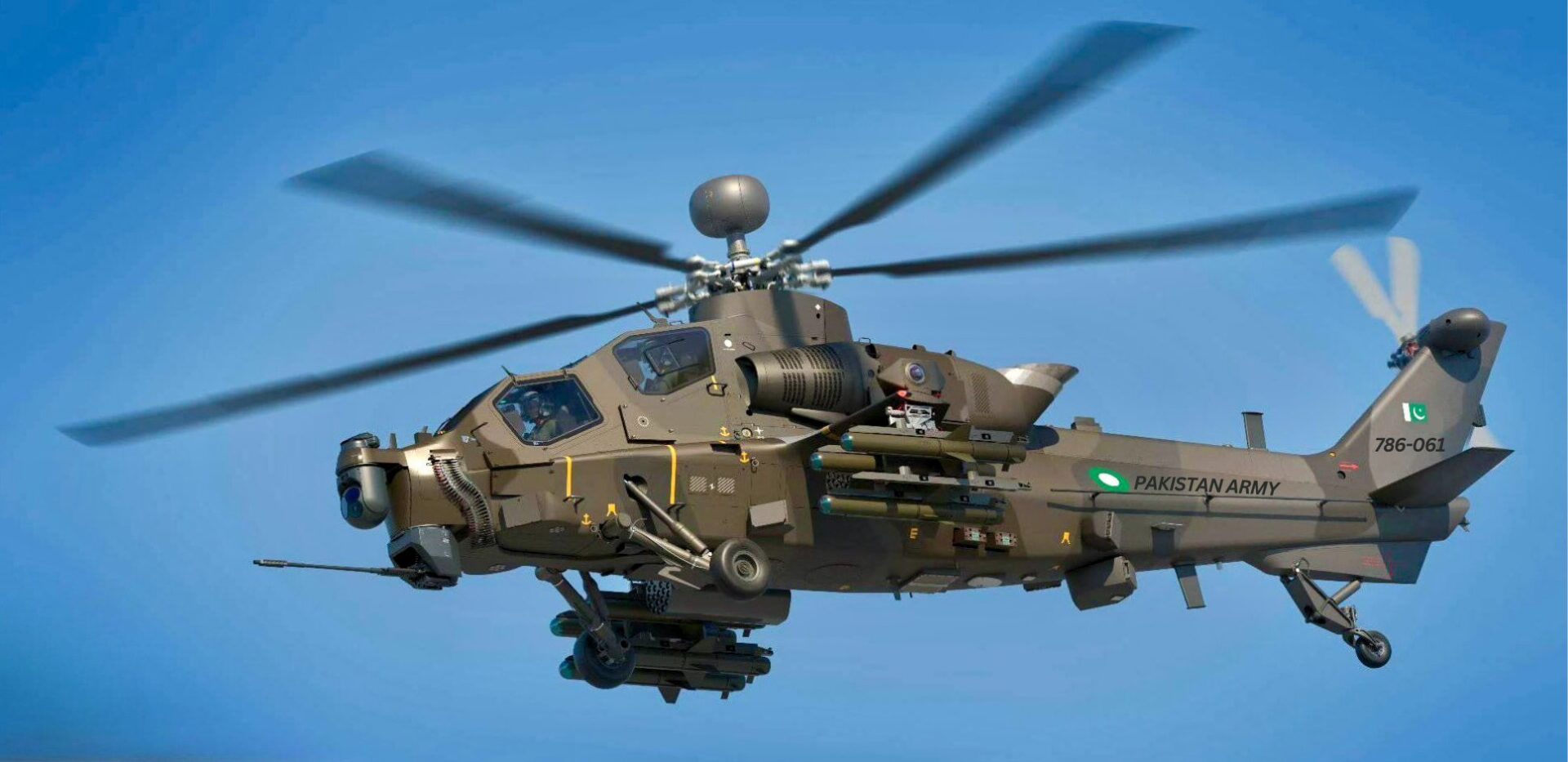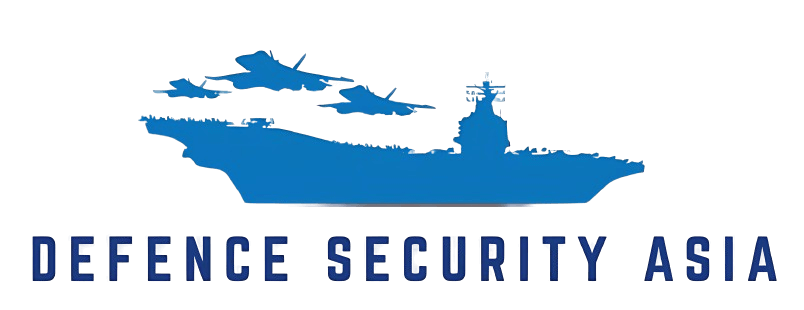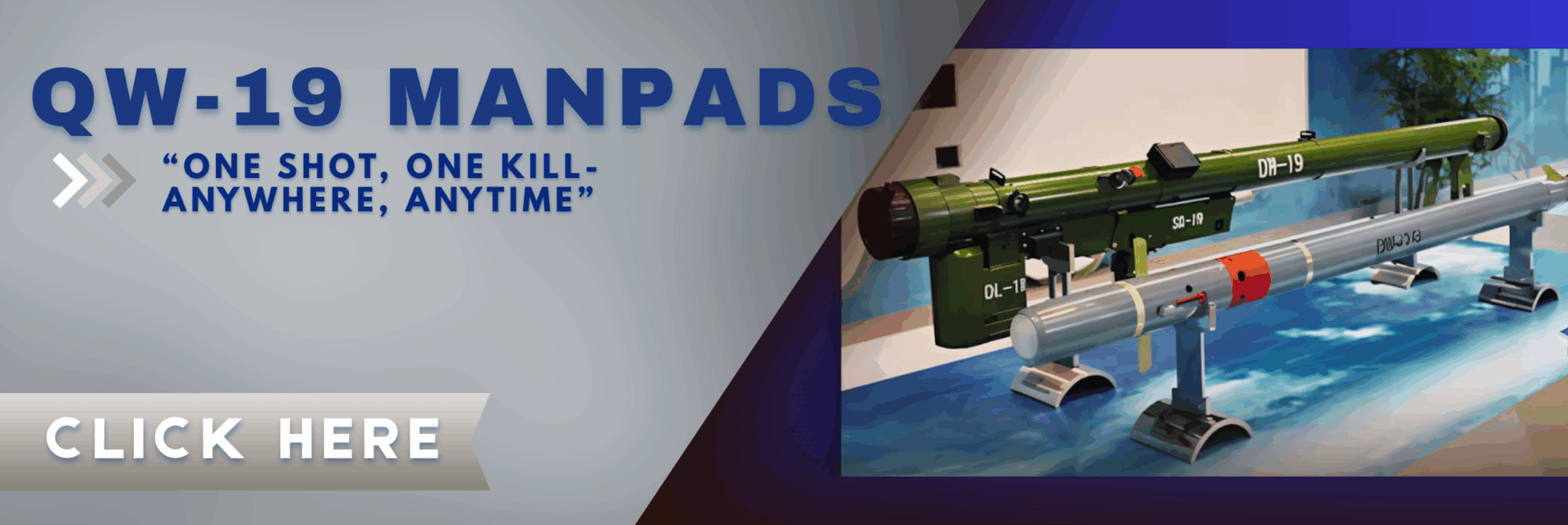How Pakistan’s Z-10ME Could Challenge India’s Apache Dominance Along the LoC
“China’s Z-10ME helicopters could shift the tactical balance along the Line of Control, plug critical gaps in Pakistan’s strike chain, and test India’s layered air defences in one of the world’s most volatile high-altitude battle zones.”
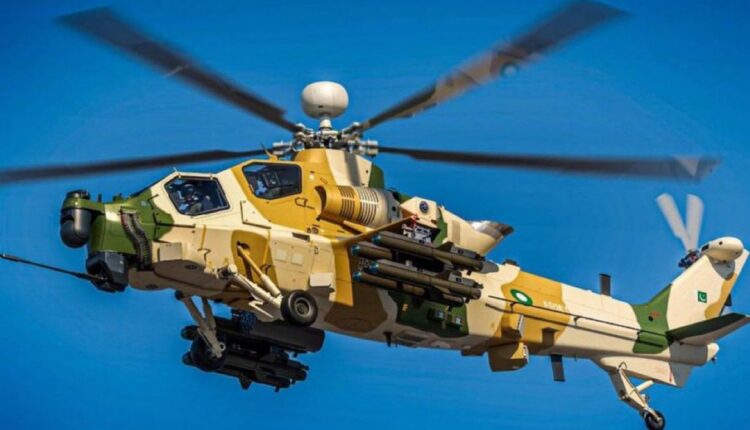
The Pakistan Army is reportedly operating China’s Z-10ME attack helicopter — a move that, if verified, would mark one of the most consequential upgrades to Islamabad’s rotary-wing arsenal in recent decades.
Multiple regional sources suggest that this deployment comes mere weeks after renewed tension flared along the Line of Control (LoC) with India — highlighting how Pakistan’s push for modern attack helicopters aligns with evolving front-line realities in Kashmir’s harsh mountain terrain.
If true, this leap underscores Pakistan’s resolve to close a critical gap in its close air support and anti-armour capabilities — an operational shortfall that has long left its ground forces exposed, especially in high-altitude engagements.
The development lands at a time when the wider South Asian security architecture is shifting, as Beijing steps deeper into Pakistan’s kill-chain modernisation while India strengthens its Apache AH-64E fleet and eyes next-generation indigenous solutions.
Neither Islamabad nor Beijing have publicly confirmed or denied the fast-spreading speculation that the Z-10ME is now integrated into the Pakistan Army’s frontline aviation units.
However, local defence insiders indicate that serious negotiations for the Z-10ME began around 2022, soon after Pakistan was forced to scrap its USD 1.5 billion (RM7.1 billion) deal for 30 Turkish-made T129 ATAK helicopters.
The collapse of that ambitious Turkish acquisition highlighted just how vulnerable Pakistan’s procurement strategy was to US export controls — an enduring challenge for militaries that rely on Western engine technology.
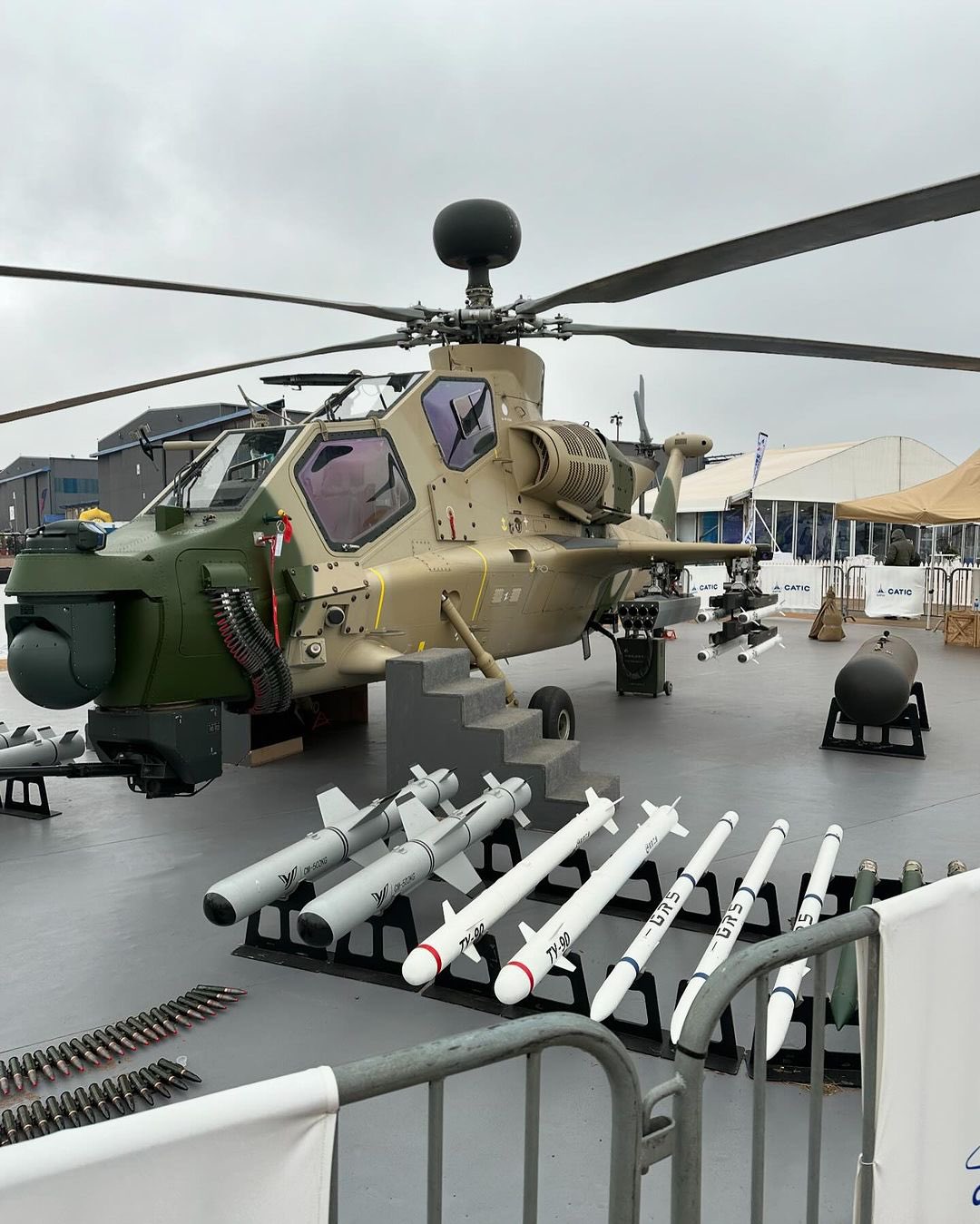
The original T129 order, signed in 2018 with Turkish Aerospace Industries (TAI), was ultimately derailed when Washington refused to grant export licences for the Honeywell-Rolls-Royce LHTEC T800-4A engines that power the ATAK.
Each T129 relies on these twin turboshaft engines — co-developed by Honeywell and Rolls-Royce — two aerospace giants whose intellectual property and licensing oversight remain firmly in US hands.
When the US declined to sign off on the engine exports, Turkey was effectively blocked from fulfilling the contract, forcing Islamabad back to the drawing board to source a replacement that would be free from the constraints of Western embargoes.
This opened the door for Beijing, which moved swiftly to pitch the Z-10ME — an export-tailored variant of China’s PLA Z-10 baseline — as the ideal stopgap to revitalise Pakistan’s rotary-wing strike potential.
The Z-10ME is manufactured by Changhe Aircraft Industries Corporation (CAIC), operating under the vast umbrella of the Aviation Industry Corporation of China (AVIC) — the same defence conglomerate that has transformed China’s indigenous aerospace capability over the past two decades.
Unlike the legacy AH-1F Cobras that have served Pakistan for decades, the Z-10ME is designed for contemporary battlefields — offering a modern blend of close air support, anti-tank sweeps, and limited air-to-air combat that positions it in the same tactical class as India’s AH-64E Apache Guardians.
At its core, the Z-10ME relies on a pair of robust WZ-9C turboshaft engines, each producing roughly 1,200 kilowatts — a configuration aimed squarely at overcoming the power losses that typically plague helicopters operating at high altitudes like the Siachen Glacier or Karakoram Range.
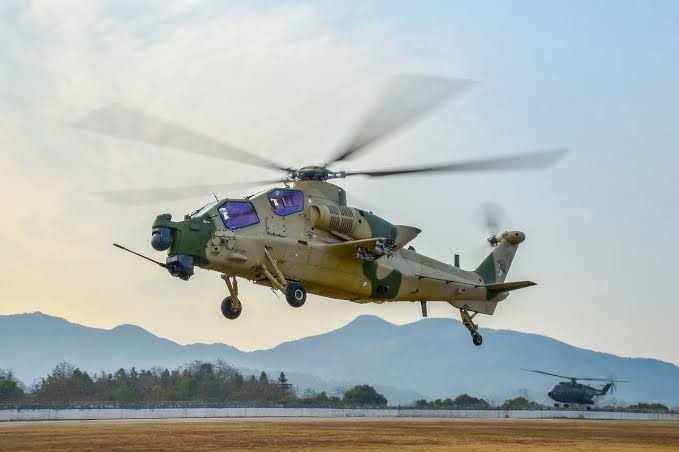
The tandem-seat cockpit and slender airframe are engineered for agile manoeuvring in rugged terrain, giving Pakistan’s Army Aviation pilots greater flexibility in environments where terrain masking and quick pop-up attacks can make the difference between mission success and catastrophic loss.
A defining feature is the upward-canted exhaust system and integrated infrared suppression design, which collectively reduce the helicopter’s thermal signature — a critical advantage when facing modern MANPADS or infrared-guided missiles that have proliferated across South Asia.
In terms of pure performance, the Z-10ME can reportedly sustain speeds up to 300 kilometres per hour, with an effective combat range estimated between 800 and 1,120 kilometres depending on payload and external fuel.
The platform’s empty weight hovers around 5,100 kilograms, with a maximum take-off weight approaching 7,200 kilograms — providing respectable endurance for extended loiter or deep strike missions along the LoC.
It boasts an operational ceiling of approximately 6,000 metres — an altitude profile that reinforces its relevance in the Himalayas, where high ridgelines and deep valleys define the tactical landscape.
Armament-wise, the Z-10ME carries a 23mm nose-mounted cannon optimised for strafing runs against fortified positions or soft-skinned vehicles.
Its stub wings support four hardpoints on each side, allowing a mixed load-out that can include up to 16 HJ-10 or AKD-10 anti-tank guided missiles, rocket pods with seven or thirty-two tubes, and TY-90 air-to-air missiles for point defence.
